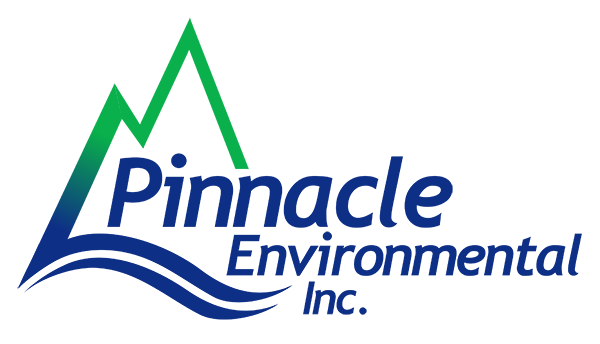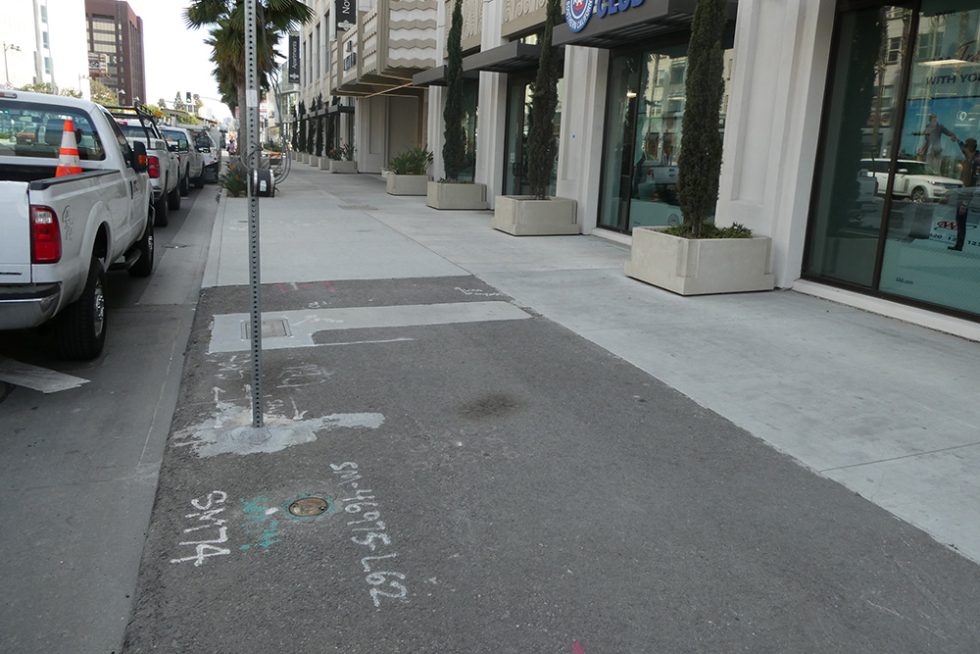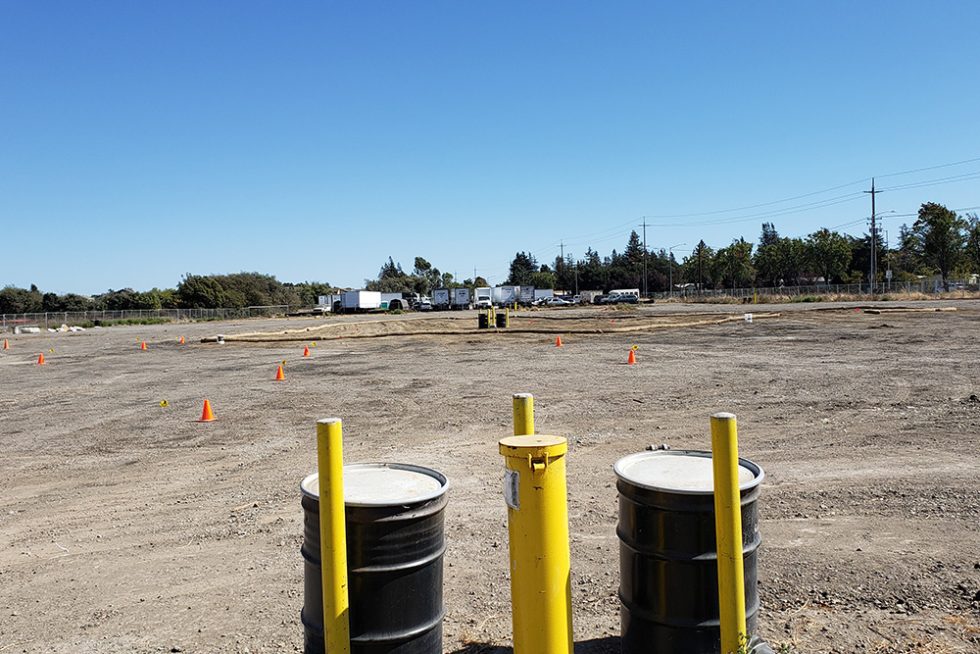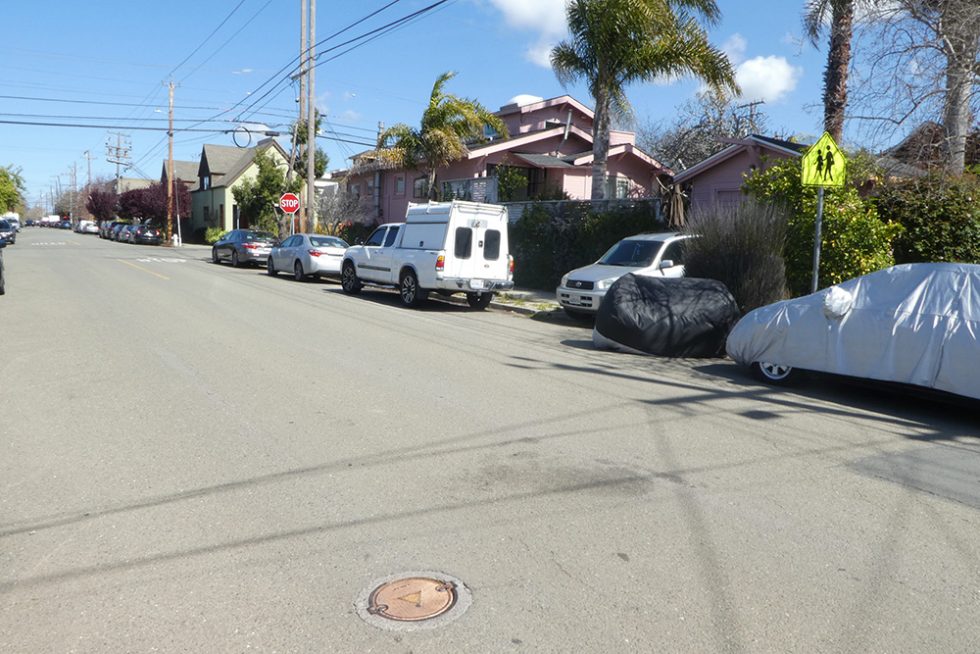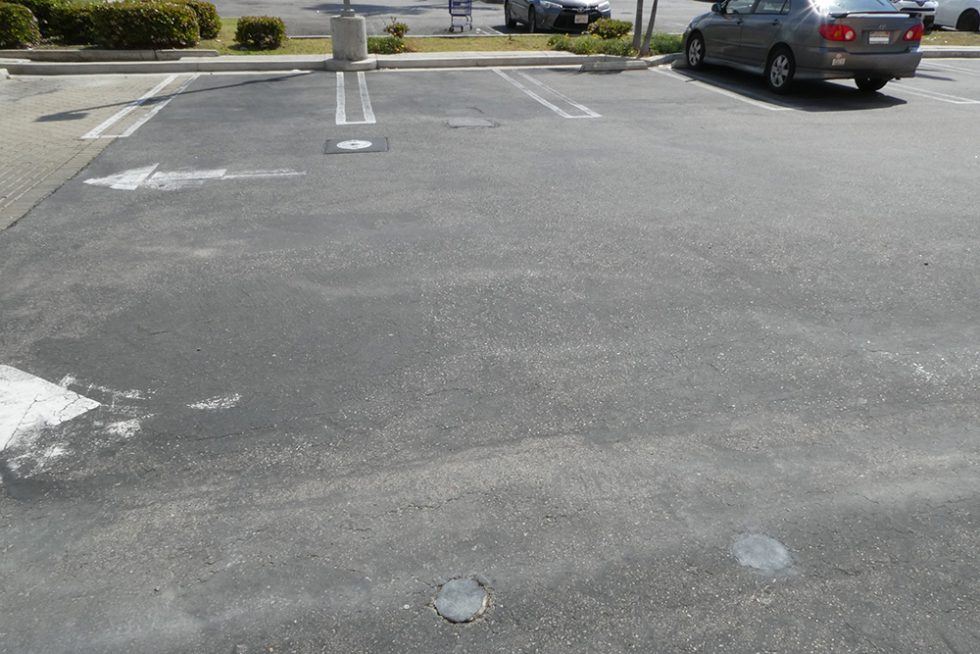Long-term Monitoring
Long-term Monitoring
Environmental remediation can be necessary for various reasons, such as industrial accidents, improper waste disposal, historical pollution, or natural disasters. Long-term environmental remediation refers to the process of addressing and mitigating the impacts of pollution, contamination, or other environmental hazards on a long-term basis. In some instances, remedial activities can reach the point of diminishing returns (e.g., costs vs reduction in concentrations). With regulatory oversight, “Monitored Natural Attenuation” can be an acceptable tool to evaluate the progress of decreasing concentrations of constituents of concern (COCs) over time.
Long-term environmental monitoring plays a crucial role in assessing the health and integrity of natural systems and identifying potential environmental risks. It involves the systematic collection, analysis, and interpretation of data over extended periods to track changes in various environmental parameters. This approach is essential for understanding long-term trends, identifying emerging issues, and evaluating the effectiveness of remediation and mitigation strategies.
What are examples of Long-term Monitoring projects?
The objective of long-term environmental remediation and monitoring strategies is to address soil, vapor, and groundwater contamination to achieve a set remedial goal. This is accomplished by implementing a customized combination of remediation techniques tailored to each site and issue. Subsequently, continuous monitoring is conducted to evaluate the effectiveness of the remediation measures, identify any emerging issues, and ensure the long-term protection of ecosystems and human health. The following are some examples of long-term environmental remediation and monitoring strategies:
-
- Soil Remediation and Monitoring: Some long-term soil remediation strategies include physical methods (e.g., excavation, soil vapor extraction), chemical treatments (e.g., soil washing, chemical oxidation), and biological approaches (e.g., phytoremediation, bioremediation). These strategies aim to remove, degrade, or immobilize contaminants in the soil. Long-term soil monitoring involves regular sampling and analysis to assess the effectiveness of remediation efforts. It includes measuring contaminant concentrations, tracking changes in soil properties (e.g., organic matter content, nutrient levels), monitoring microbial activity, and assessing the recovery of vegetation and ecosystem functions.
- Groundwater Remediation and Monitoring: Long-term groundwater remediation strategies involve the use of physical methods (e.g., pump-and-treat systems, permeable reactive barriers), chemical treatments (e.g., chemical oxidation, in-situ chemical injection), or biological approaches (e.g., bioaugmentation, enhanced natural attenuation). The choice of strategy depends on the specific contaminants, hydrogeological conditions, and remediation objectives. Long-term groundwater monitoring is essential to evaluate the effectiveness of remediation efforts and track the migration of contaminants. It includes regular sampling and analysis of groundwater from wells or monitoring points to measure various parameters, such as contaminant concentrations, water levels, and groundwater flow. Monitoring helps assess the progress of remediation, detect changes in groundwater quality, and ensure compliance with regulatory standards.
- Vapor Intrusion Remediation and Monitoring: Remediation of vapor intrusion involves mitigating the migration of volatile contaminants from the subsurface into indoor air. Common strategies include the installation of vapor barriers, sub-slab depressurization systems, and ventilation systems. The goal is to prevent or reduce the entry of contaminants into buildings. Long-term monitoring of vapor intrusion involves regular sampling and analysis of indoor and outdoor air to measure the concentrations of volatile compounds. Continuous monitoring systems may be employed to provide real-time data on air quality. Monitoring aims to ensure that contaminant levels remain below established guidelines and to detect any changes or trends that may require further remediation actions.
- Natural Attenuation Remediation and Monitoring: Natural attenuation is a remediation strategy that harnesses the inherent processes of nature to degrade, dilute, or immobilize contaminants in the environment. This approach relies on biological, physical, and chemical processes such as biodegradation, sorption, volatilization, and dispersion. By monitoring and promoting these natural processes, contaminants can be attenuated over time without active human intervention. Long-term monitoring of natural attenuation involves the assessment of contaminant concentrations, tracking changes in relevant environmental parameters (e.g., redox potential, microbial activity), and evaluating the extent and behavior of contaminant plumes. Monitoring may also involve the use of stable isotopes or tracer studies to better understand the fate and transport of contaminants. By monitoring natural attenuation processes, the effectiveness and stability of this remediation strategy can be assessed, and appropriate actions can be taken if additional measures are required.
- Air pollution and emissions: Long-term remediation is essential for addressing air pollution caused by industrial emissions, vehicle exhaust, or the release of hazardous substances. Effective strategies include the implementation of emission controls, the use of cleaner technologies, and the promotion of sustainable practices to improve air quality.
- Hazardous waste sites: Abandoned or improperly managed hazardous waste sites pose significant environmental risks. Long-term remediation involves the safe removal, treatment, or containment of hazardous substances to prevent further contamination and protect human health and the environment.
- Brownfield redevelopment: Brownfield sites, which are abandoned or underutilized properties with potential contamination, require long-term remediation efforts to transform them into productive and safe spaces. Remediation activities focus on site cleanup, decontamination, and redevelopment for purposes such as housing, parks, or commercial use.
- Industrial and mining legacies: Historical industrial activities and mining operations often leave behind significant environmental damage, including contaminated land, water pollution, and ecosystem degradation. Long-term remediation aims to rehabilitate these areas, restore natural habitats, and mitigate ongoing environmental risks.
